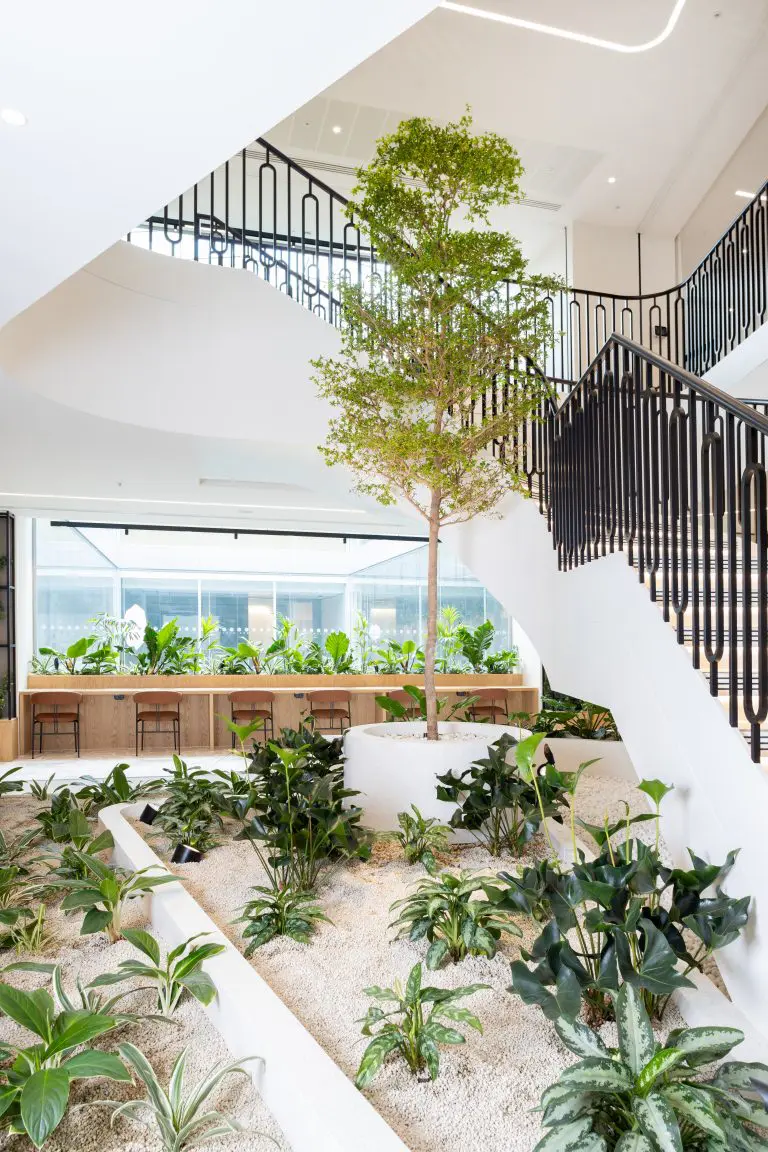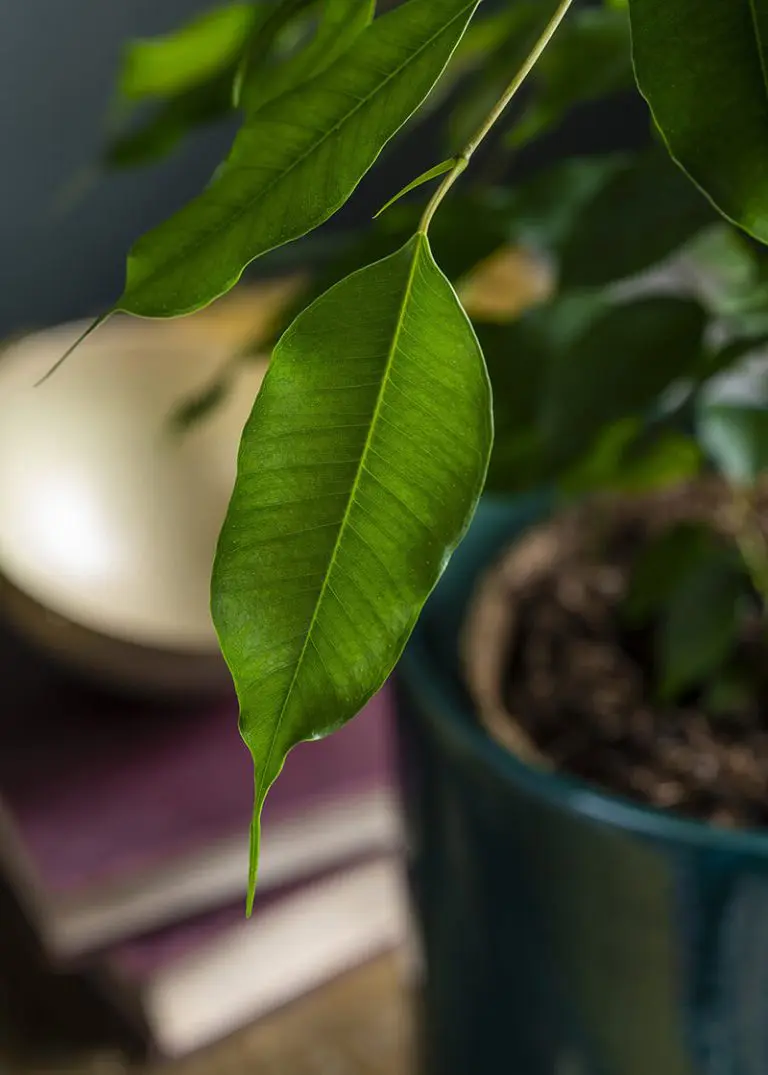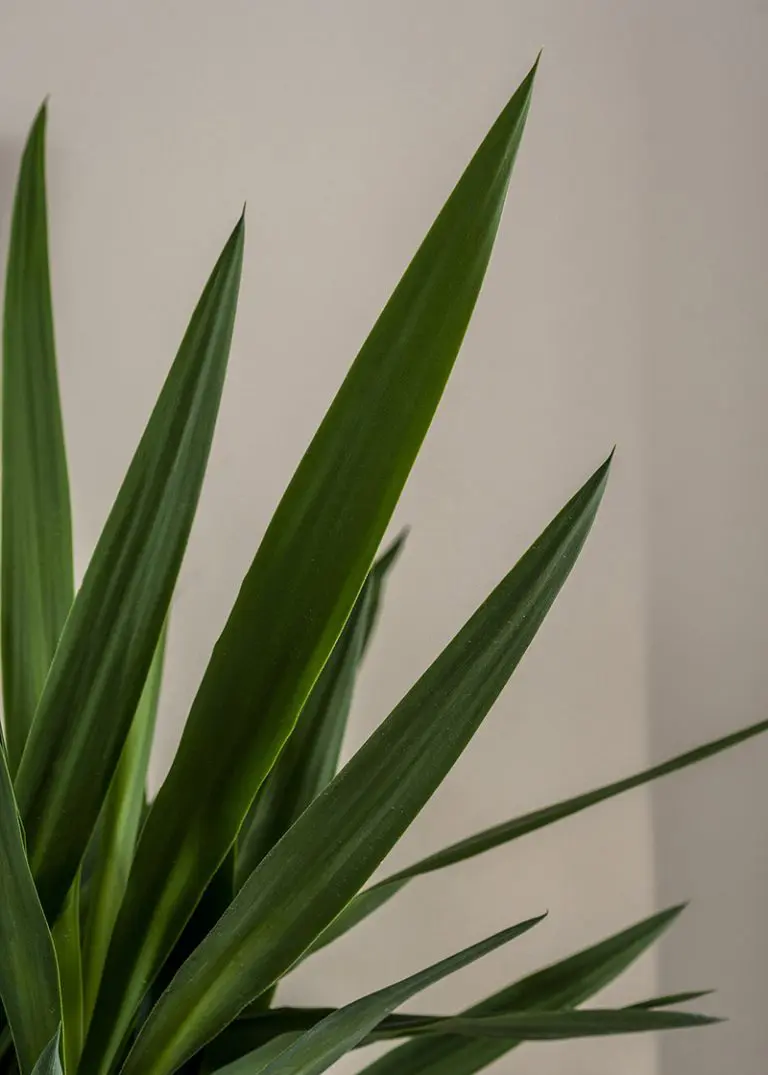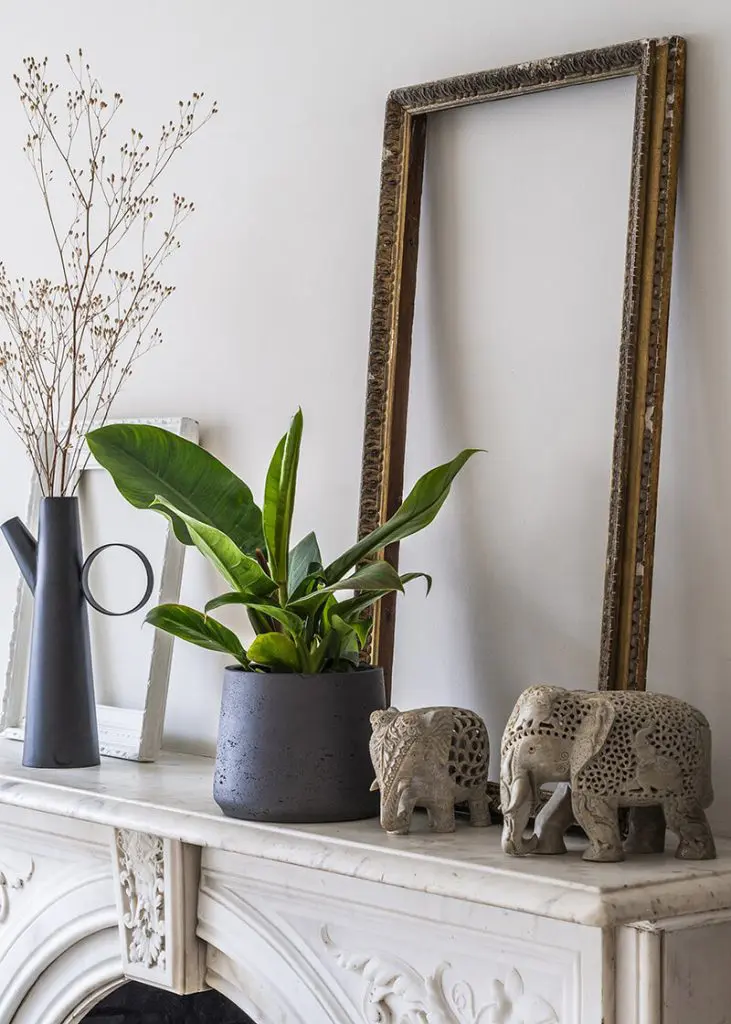
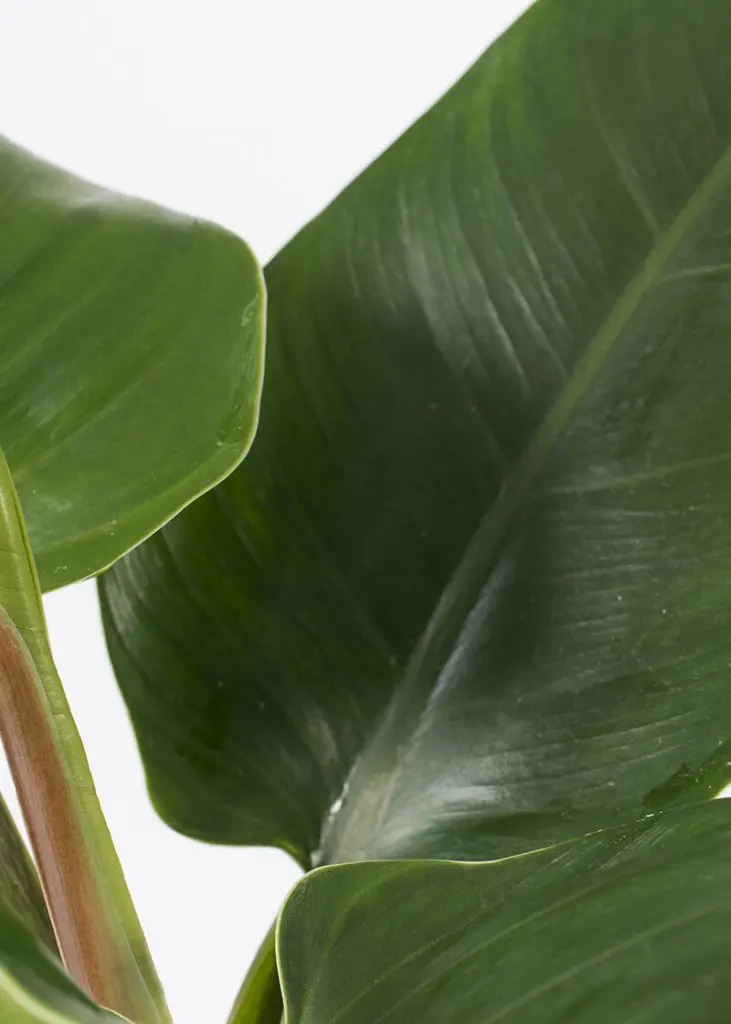
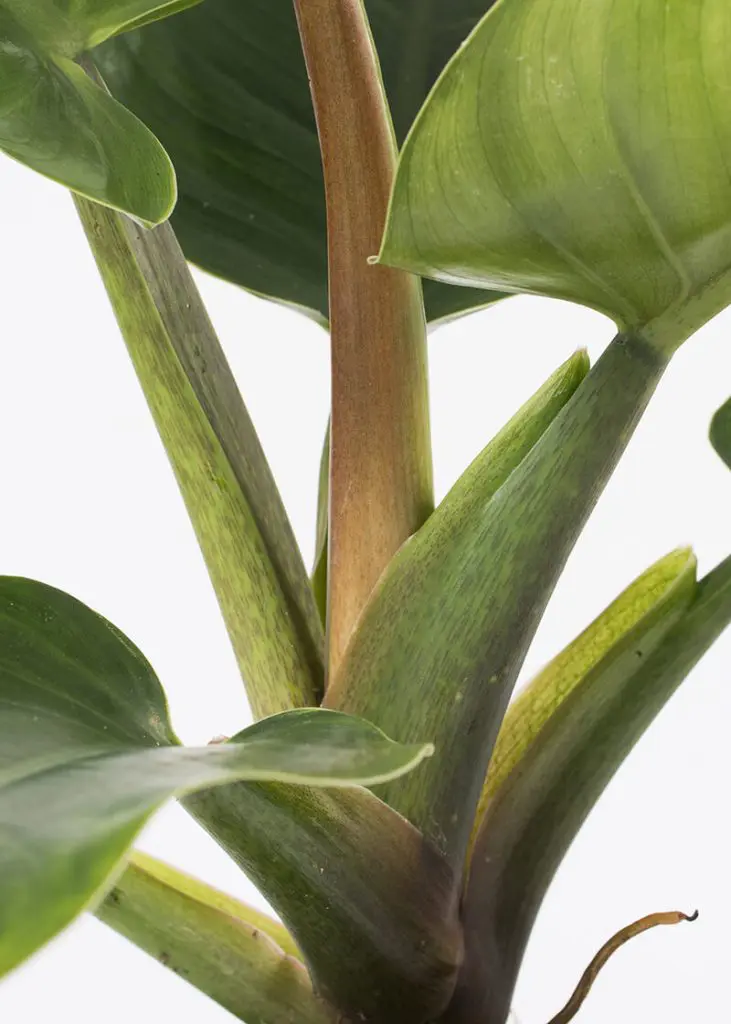
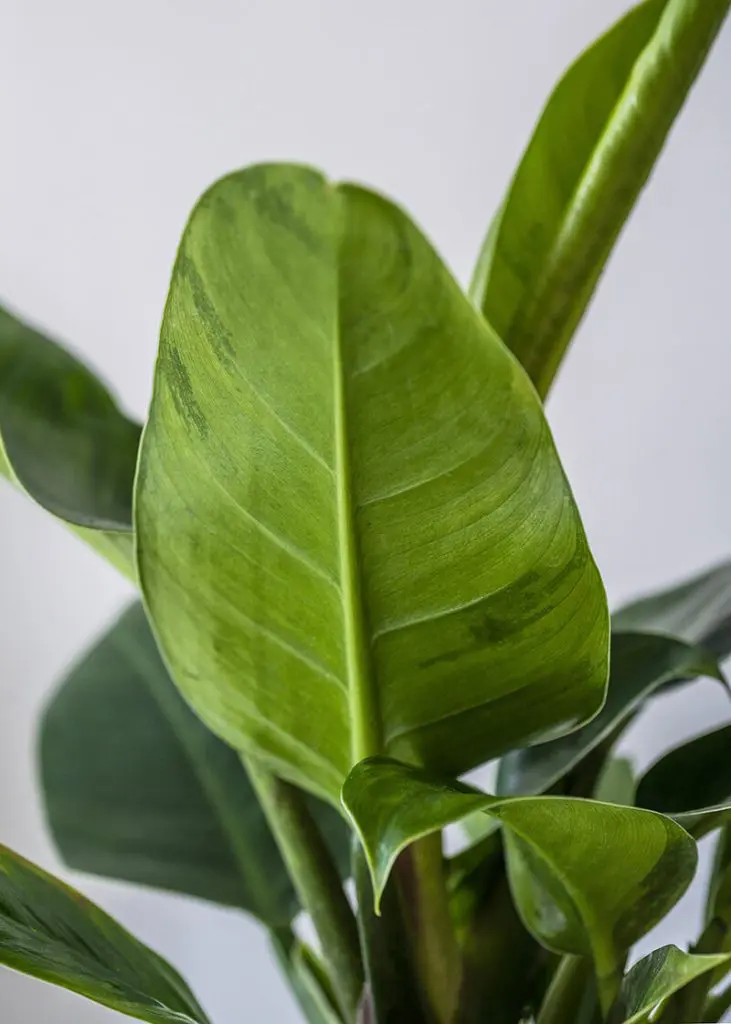
Philodendron ‘Imperial Green’ is a compact, self-heading philodendron (meaning it grows upright rather than climbing).
Latin name
Philodendron ‘Imperial Green’
Pronunciation
(“fil-oh-DEN-dron im-PEER-ee-al GREEN”)
Common name
Philodendron Imperial Green
Origin
A hybrid cultivar derived from Philodendron erubescens, a climbing species native to Colombia.
Its broad, glossy green leaves grow in a spiral from a single central stem, giving it a tidy, architectural shape. Mature leaves can reach 40–50 cm long, and the plant may eventually grow to about 1 m tall indoors.
Unlike its parent species Philodendron erubescens, which produces long vines and reddish stems, Imperial Green has been bred to stay more manageable and is entirely green, without the red pigmentation. It’s a popular choice for modern interiors thanks to its bold, tropical look and easy care.
It’s a sibling to Philodendron ‘Imperial Red’, which was bred from the same parent (Philodendron erubescens) but keeps the red colouring.
Philodendron ‘Imperial Green’ was developed as part of a breeding programme in the late 20th century to create philodendrons with a compact, upright habit suitable for homes and offices.
Did you know?
Ficus lyrata (fiddle-leaf fig) is considered toxic to cats, dogs, and potentially harmful to children if ingested.
caring for your plant

Light
Low to medium light.

Watering
Keep the soil moist, but not wet. Over watering, especially in cool conditions, will cause leaf discoloration and leaf drop.

Pruning
Do not prune. Dead or dying leaves should be cut off at the base with a sharp knife or secateurs.

Feeding
A little dilute fertilizer should be added to the water every time you water the plant.

pest & diseases
Generally pest free, but watch for mealybugs, which can be removed by cleaning the foliage with a damp cloth or paper towel.
Where the Philodendron erubescens originates from

A hybrid cultivar derived from Philodendron erubescens, a climbing species native to Colombia.
Our plants are grown in Ecoponic, an alternative to soil. Officially known as a vulkaponic substrate, it replaces traditional compost with a clean, mineral-based medium that helps protect peatlands.
According to the IUCN UK Peatland Programme, “A loss of only 5% of UK peatland carbon would be equal to the UK’s annual greenhouse gas emissions.” As well as storing carbon, the natural wetlands where peat is found are critical to the survival of plants and wildlife. Ecoponic also improves plant health and uses water more efficiently.
Find out more about Ecoponic here.

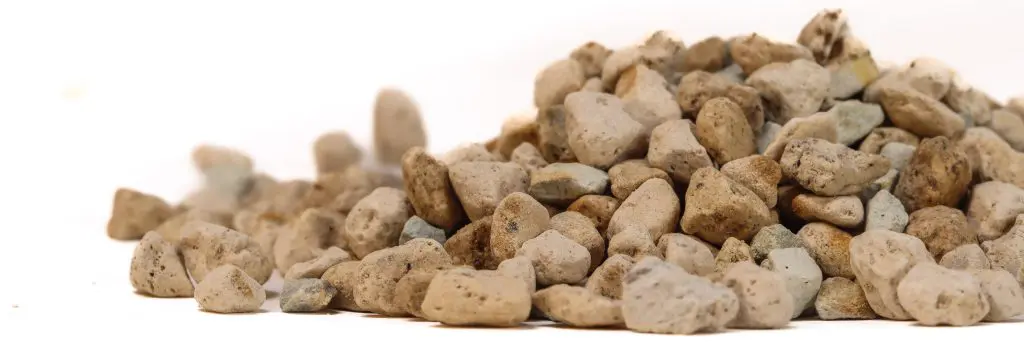
Buy one of my cousins from the nursery
Did you know?
Plantopedia is brought to you as part of our Engage & Bloom workplace experience program.
explore more
Why not continue your journey through the plant world. Explore more plants, their stories, habitats and the benefits they bring to spaces.
















